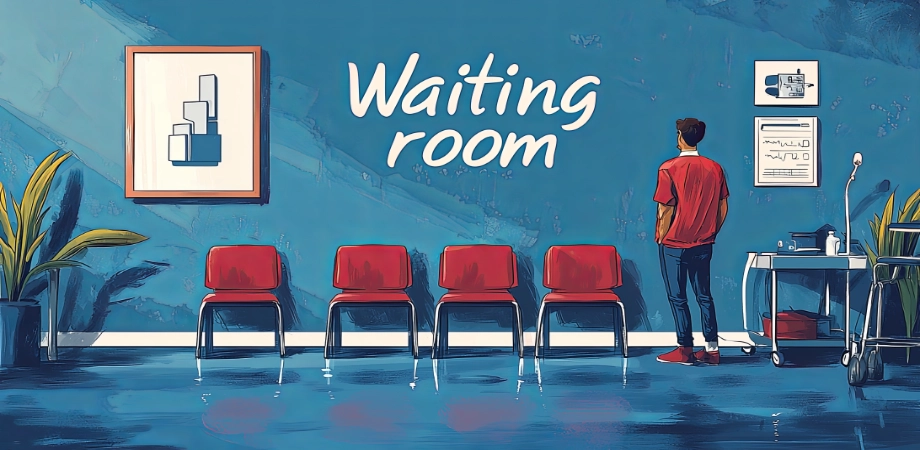As a healthcare provider running your own practice, you know how helpful technology can be in the day-to-day. You’ve probably also noticed how it can be distracting and misleading when it comes to your patient base. With resources like WebMD and even Wikipedia competing for feedback from actual doctors, technology can seem more like a problem than ever. However, when you’re trying to build a practice that patients will come back to time and again, creating an online presence, along with solid communication across digital platforms, is an absolute must. If you’re not sure how to begin when it comes to creating a way for patients to easily browse your website for services, scheduling, and more, take some time to familiarize yourself with some best practices concerning digital outreach and communication.
Be Mobile-Friendly
While patients, at first glance, might not seem to have a lot in common with your average consumer, more and more studies are showing a striking similarity between the way patients find resources and the way consumers take in information online. For instance, when you advertise your practice online, the more your branding looks and feels like a stylish, personal, and comprehensive option, the more likely patients are to give you a shot. Because of this, you’ll want to create a web presence that’s optimized for mobile as well as desktop. Your website should be clear, concise, and beautifully designed, and it should offer patients a chance to sign up for services without having to pick up a phone. Your ads should be able to easily translate onto digital platforms like Instagram and Facebook, where many younger consumers get referrals for everything from vintage clothing to toothbrushes to health care recommendations. Underestimating the importance of creating an easily identifiable, visual branding for your practice can seriously impede your growth when you’re first starting out, so make sure to take advantage of all the tools technology has to offer.
Use Text Alerts
In the past few years, text-based alerts and communications from businesses to consumers are at an all-time high. When it comes to cluing consumers and patients into sudden changes, appointment confirmations, and time-sensitive materials and info, there’s no route that’s better or more efficient than texting to get the job done. If you feel that turning to texts could end up alienating a part of your client base, consider this: According to a recent report, 76% of seniors use cellphones and are tech-literate. Additionally, 85% of patients are receptive to the idea of digital reminders via texting and email. While texting tends to have a reputation of being all about the younger generation, most seniors and older adults are comfortable enough with texting by this point that the alternative, a phone call or voice message reminder, seems inefficient and sloppy by comparison. Setting up instant text alerts is easy, quick, and will free you and your staff up for more important concerns down the road.
Accessibility is Key
However you choose to communicate with your patients, remember that you’ll want to keep things as simple as possible. Not just for the sake of your employees, but for the sake of your patients as well. Since we’re seeing more of a crossover between patients and consumers these days, the same tactics used by ad campaigns for products and services apply. If you’re trying to sell something to your patients, even if it’s just an initial appointment, don’t make them work too hard to get what you’re offering. Your digital ads should lead patients directly to an option that allows them to sign up for an initial appointment while offering them the chance to stay connected by signing up for your email newsletter. That way, you’ll have your patients’ information on file and you’ll be able to keep in touch without any added stress.
Finding ways to bring patients in doesn’t have to be complicated. All you need to do is make setting up an appointment simple and conflict-free. When it comes to scheduling doctor’s appointments, most patients would do almost anything to avoid the hassle of picking up the phone, being led straight to voicemail, and undergoing a few rounds of phone tag before being able to set something down in stone. Using technology to your advantage means bypassing this tedious process and opting instead for a seamless patient sign up and scheduling system.
Use Environmentally Sustainable Communication
Putting all the benefits of communication optimization technology aside, the reality of the current workplace is this: Using too much paper is costly, wasteful, and vastly inefficient for businesses of any kind, from corporate offices to healthcare practices. Using technology to transfer all your scheduling needs, patient referrals, and records to digital will help you stay organized and create a more efficient, eco-friendly workplace overall. Digital information is never at risk of getting lost in the same way that paper documents and files are, and scheduling has a much smaller margin of error for practices that are using specific software for appointments and cancellations.
Personalize Your Outreach Style
Not only can the right technology help you to gain a larger client base, it can help you communicate better with the patients you already have. Though at first it might seem like going digital is a great way to create depersonalization and discord for a small practice, in fact, the opposite has proven to be true. By creating a digital brand that makes it easy for patients to schedule appointments as easily as they can make an order online, as well as crafting newsletters and text alerts that help you create a sense of community within your practice, you’ll be branding your practice as a business that actually cares about the individuals you serve. If businesses have learned anything from digital consumer activity in the past few years, it’s that the personal touch counts more and more. Why should it be any different for healthcare practices? By tailoring your communications and alerts to suit your patient base, you’ll be creating a community both inside and out of the office.




